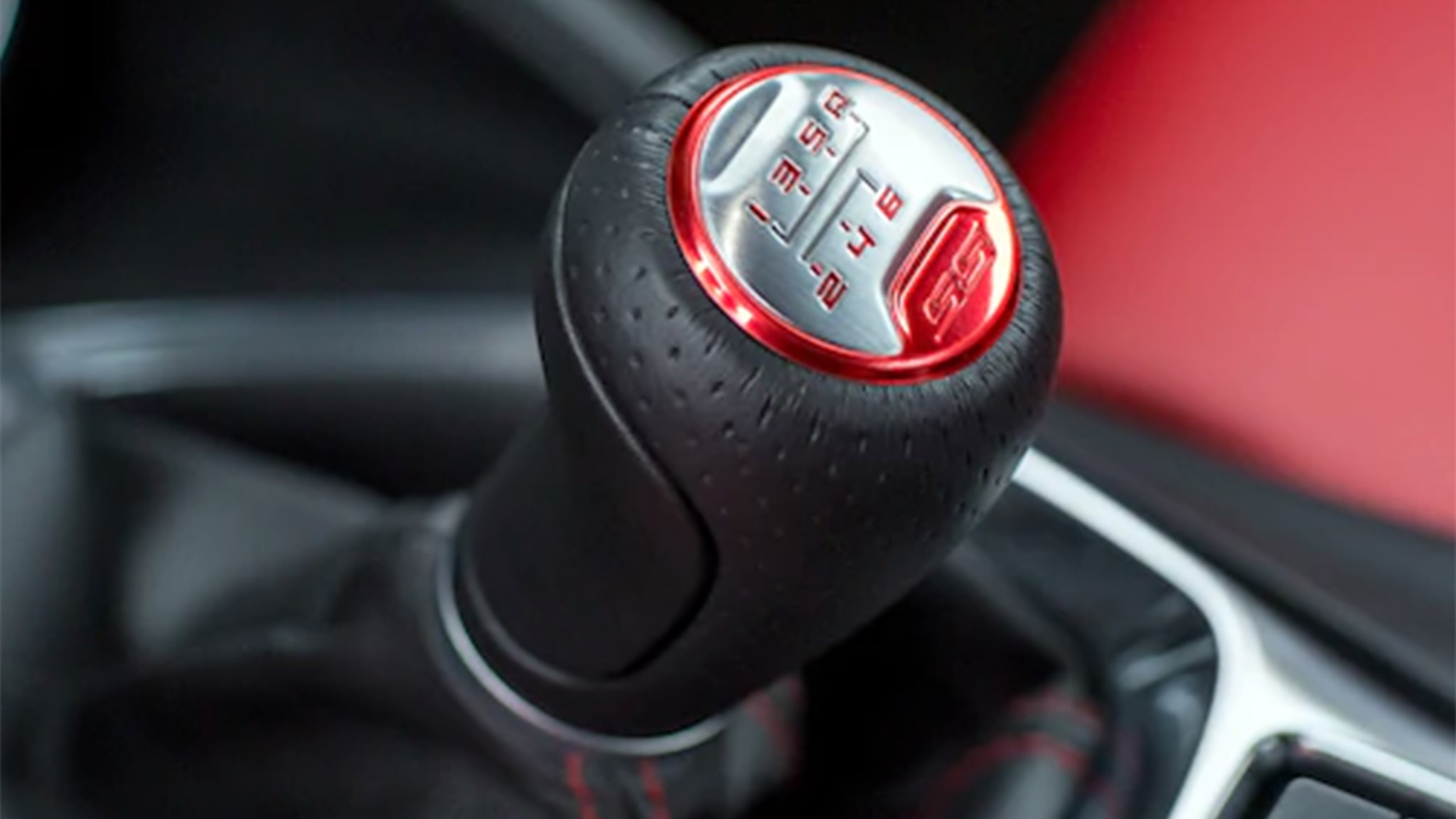This is a complete tutorial to show you how to drive a manual car. It is actually REALLY EASY, but it does take a lot of practice. This video shows you the s. Download or view any car owner’s manual for free. The world’s most complete and accurate database of PDF car owner's manuals.
DMV Cheat Sheet - Time Saver
Passing the written exam has never been easier. It's like having the answers before you take the test.
- Computer, tablet, or iPhone
- Just print and go to the DMV
- Driver's license, motorcycle, and CDL
- 100% money back guarantee

Driving a car with a manual transmission—also called a stick shift—requires more skill and understanding than operating a vehicle with an automatic transmission. In a stick shift vehicle, you will be manually shifting gears to adjust your speed, rather than letting the car do it for you.
Once you know the basics, you'll know how to drive a manual transmission vehicle in no time.
Clutch, Gear Stick & Parking Brake
To learn how to drive a stick shift, you'll need to know what makes this driving style different. As soon as you sit in the driver's seat you'll see:
- Clutch pedal: The gas and brake pedals are in the same places as an automatic car, but on the far left is an extra pedal called the clutch. Your right foot is still used for the gas and the brake, but you will use your left foot to depress the clutch pedal when shifting gears.
- Numbers on the gear stick: In an automatic transmission car, the gear stick has letters for drive, reverse, neutral, and park. In a manual, there are numbers for each gear, along with an “R' for “reverse'.
- The parking brake: Automatic transmission vehicles have a dedicated gear for parking, but manual transmissions do not. Always remember to set the parking brake when you park, or your vehicle will roll.
Learn the Location of the Gears
Even before you turn on the vehicle, you'll need to know a few basics of driving a stick shift. Use the following steps to guide you through the motion of shifting gears.
- Depress the clutch pedal (remember: use your left foot!).
- Move the gear stick in the following patterns for each of the gears listed below*:
- 1st gear: Left and up.
- 2nd gear: Left and down.
- 3rd gear: Straight up.
- 4th gear: Straight down.
- 5th gear: Right and up.
- 6th gear: Right and down.
- Slowly release the clutch (this is also called feathering).
Repeat these steps for each gear so you get the feel for the motions. You should feel comfortable pushing the clutch and maneuvering the stick simultaneously. Be sure to return the stick shift to neutral before turning the car on.
If your vehicle is equipped with one, get familiar with the tachometer. This indicates revolutions per minute (RPMs) and will help you know when to shift gears. Eventually, you will know exactly when to shift based on the sounds of your engine, and you won't even need to look at this dial.


* NOTE: The shifting pattern described above is for most American made 5-speed manual transmissions. Your own shift pattern may vary, so please refer to your shift knob and owner's manual.
Steps to Driving a Stick Shift
Manual Car Driving Lessons
The best place to learn how to driving a stick is an open, empty parking lot.
- Push the clutch pedal all the way down before starting the car.
- Engage the brake pedal.
- With the parking brake engaged, you don't need to depress the brake pedal, but it's a good idea nonetheless.
- Turn the key or push the ignition button to start it up.
- With the clutch depressed, put the vehicle in 1st gear.
- Release the parking brake.
- Rev the engine to between 1,500 RPM and 2,000 RPM. Any lower and the vehicle will stall, and you'll have to start again.
- When you feel the clutch engage, and the engine reaches the desired RPMs, slowly start lifting your left leg to release pressure on the clutch.
- Your vehicle should start rolling forward slowly.
- If the car stalls at this point, just release the gas, put on the parking brake and push down the clutch pedal to put the car back in neutral gear to start over.
- If you are moving, keep slowly pushing the gas pedal. When your engine reaches approximately 3,000 RPM, push the clutch pedal down and move into 2nd gear.
- When you need to stop, remember to push down the clutch pedal as well as the brake and move the gearshift into the neutral position.
You can practice going into 1st and 2nd gear several times until you get the feel for your vehicle and the timing of your pedals.
Manual Carpet Cleaner
If you have room, practice reversing. Use the same pedal motion, releasing the clutch slowly when in the reverse gear. Continue practicing these steps until you can smoothly accelerate, move through the gears, and stop. When you feel confident, keep testing higher gears and faster speeds. You'll be a master of the manual vehicle in no time.
